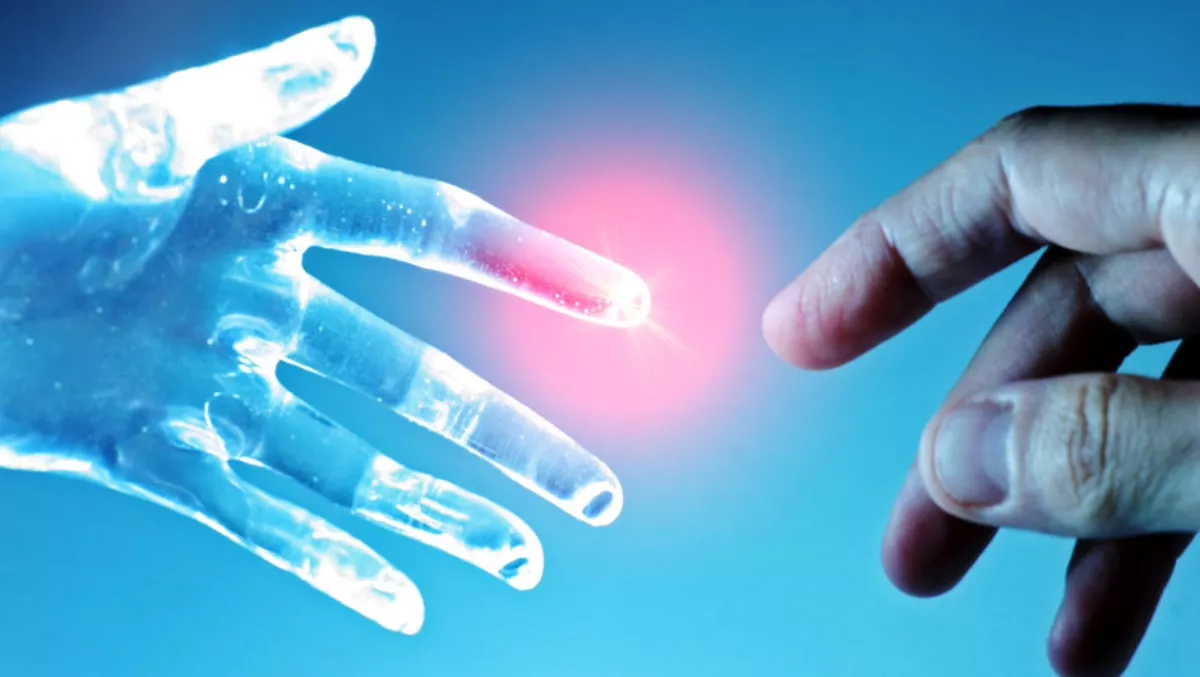
IDC creates framework for AI implementation
IDC has published a framework designed to guide business and IT decision makers faced with planning and investment decisions related to artificial intelligence (AI) for automation.
The framework defines the expected levels of human-machine interaction and the hierarchy of automation scope, which can then serve as a basis for assessing data, algorithm, IT, staffing requirements, and potential risks at the intersection of AI capabilities and use cases.
"IDC's AI-based automation evolution framework was developed based on global market research that highlighted two lessons," says IDC Analytics and Information Management Research group vice president Dan Vesset.
"First is the need to understand the components of the evolving relationship between humans and machines. Second is to understand the scope of AI-based automation. Once these two dimensions are brought into focus, the planning and investment decisions associated with AI-based automation will be much clearer."
To understand the likely evolution of AI-based automation, IDC evaluated the interaction of humans and machines with a focus on the analysis of inputs, the decisions based on this analysis, and the actions that result from these decisions.
The result was the identification of five levels of AI-based automation, ranging from human-led and human-governed to machine-led and machine-governed.
However, because it is insufficient to consider only how the roles of humans and machines will change over time, IDC also developed a hierarchy to understand the scope of AI-based automation.
The hierarchy is based on a rising scale of automation ranging from a task (the smallest unit of work performed on behalf of an activity) to a system (a set of connected processes).
The result is a pragmatic framework that decision makers across industries can use to assess the opportunities and risks of AI-based automation in the foreseeable future.
To illustrate how the framework is applied, the report provides examples of how AI-enabled automation is used in healthcare and IT operations involving different levels of human-machine interaction and automation.
"One of the key takeaways is that individuals and enterprises need to improve their AI literacy by understanding the level at which AI-enabled automation can result in benefits across a hierarchy of tasks, activities, processes, or systems," Vesset adds.
"A better understanding of AI's potential as well as its limitations will help decision makers to uncover opportunities to apply the best of today's AI solutions to the automation of specific tasks and activities."


